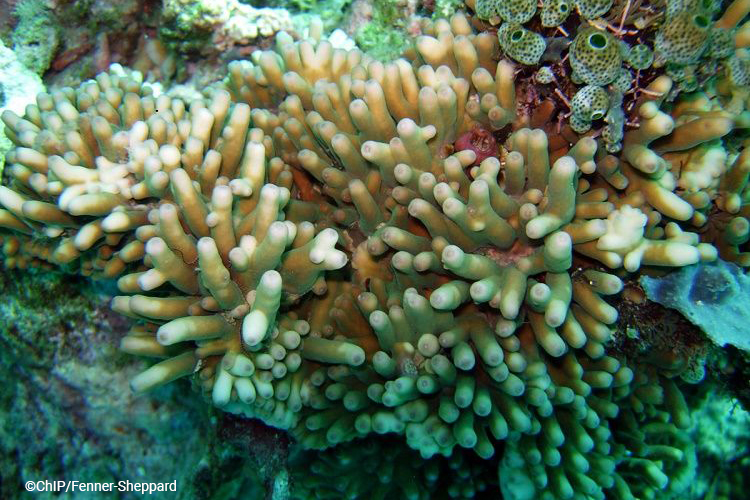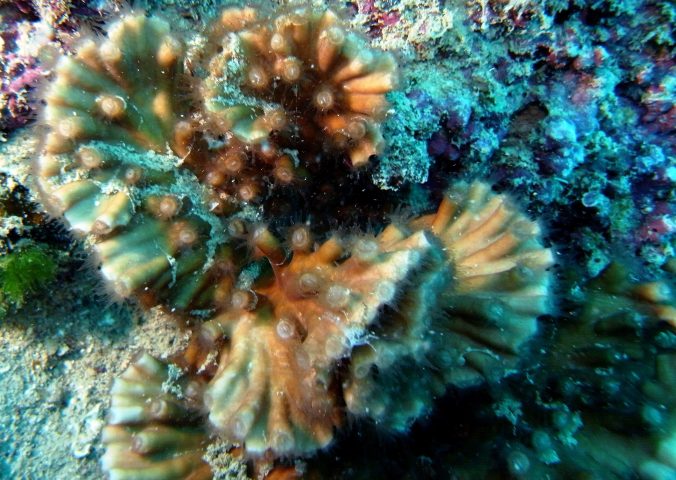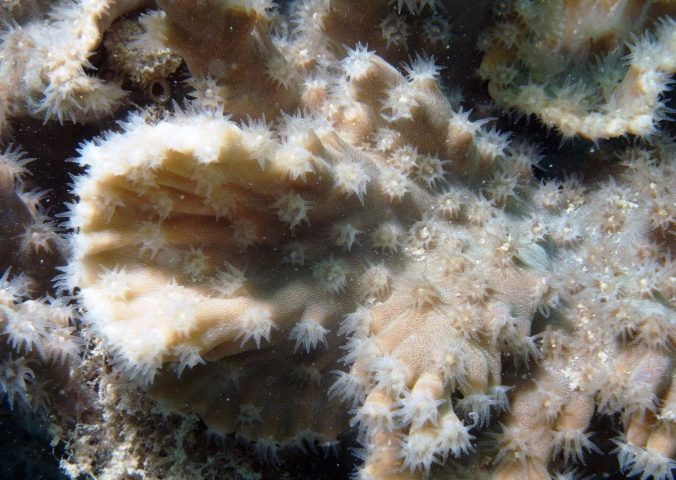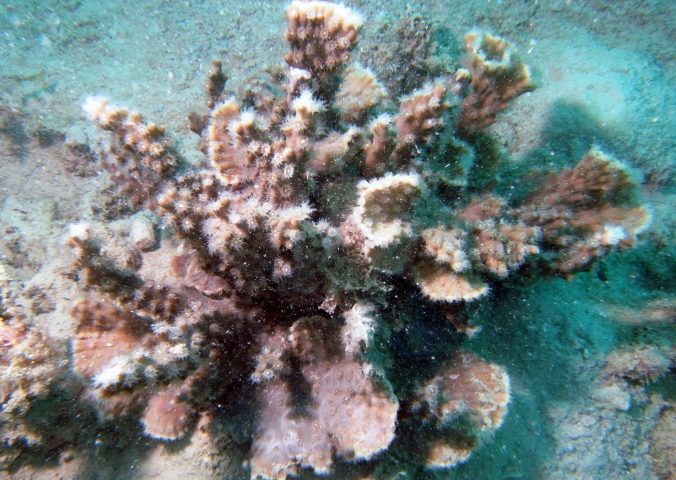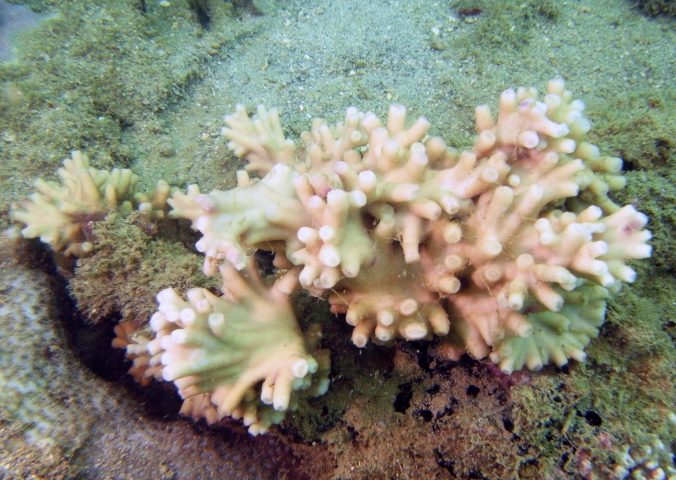About
Turbinaria heronensis is a rare but relatively widespread species with a conspicuous appearance. Colonies possess irregularly shaped plates that can be described as foliose due to their leafy appearance.
As this coral is only found down to a maximum depth of 10m it is particularly susceptible to coral bleaching due to warming ocean temperatures and coral disease.
There is no species-specific information on its population but the increase in the spread of coral disease, along with a multitude of global threats is putting severe stress on populations.
- Order: Scleractinia
- Family: Dendrophylliidae
- Trend: unknown
- Depth Range (m): 5 - 15m
EDGE Score
Distribution
Found on shallow water tropical reef systems across the Indian Ocean and the Western Pacific Ocean from Indonesia, Philippines and eastern Australia.
Habitat and Ecology
T.heronensis is found on upper slopes and outer flats of subtropical reefs, growing to a maximum size of 50cm.
Turbinaria heronensis is a colonial, stony species meaning that as the individual animals (polyps) of this species grow, they exude calcium carbonate to form exoskeletons (corallites) for protection. Specific oceanic conditions are required for polyps to synthesize and exude calcium carbonate.
